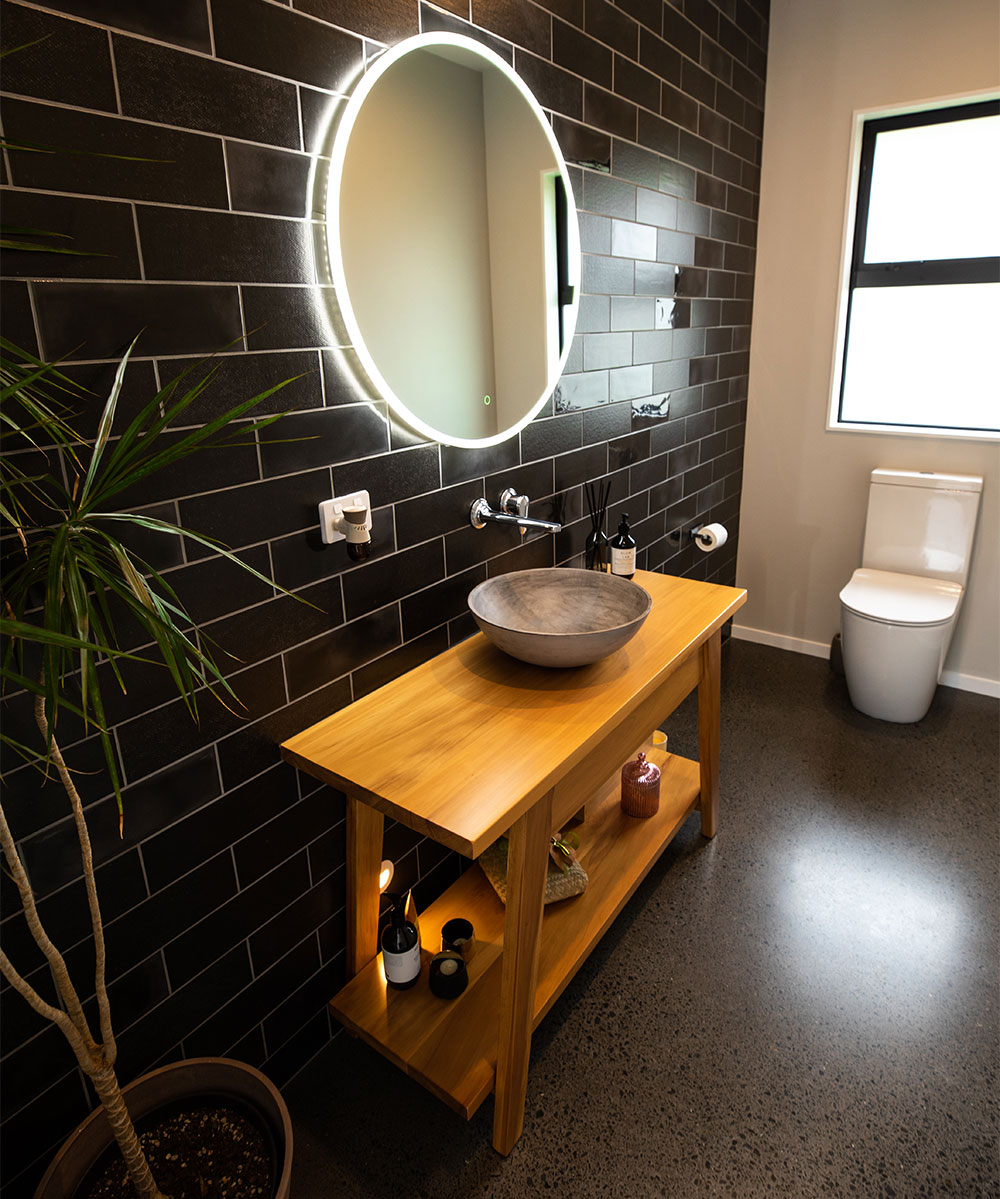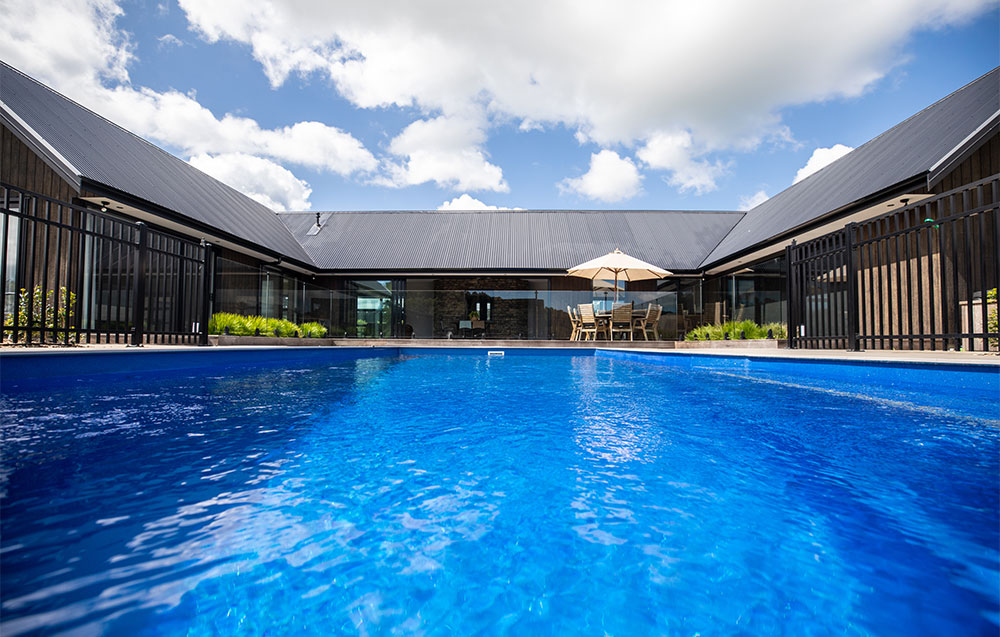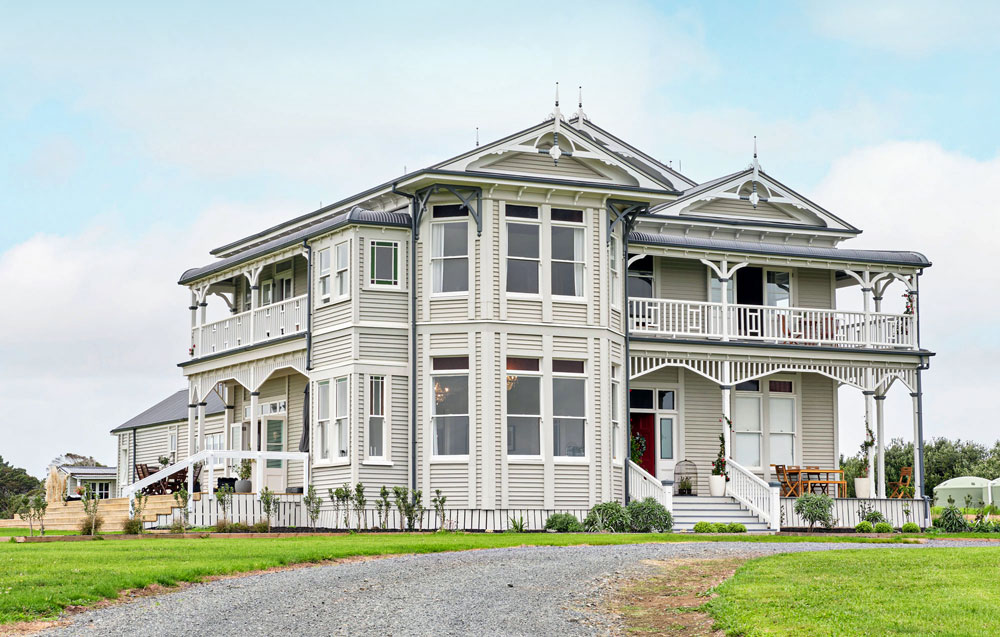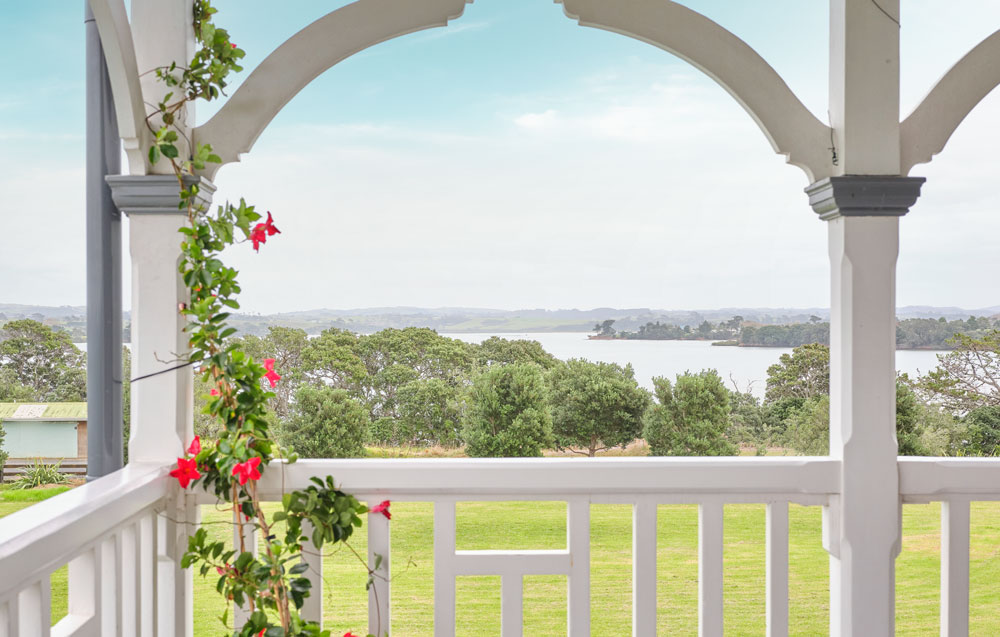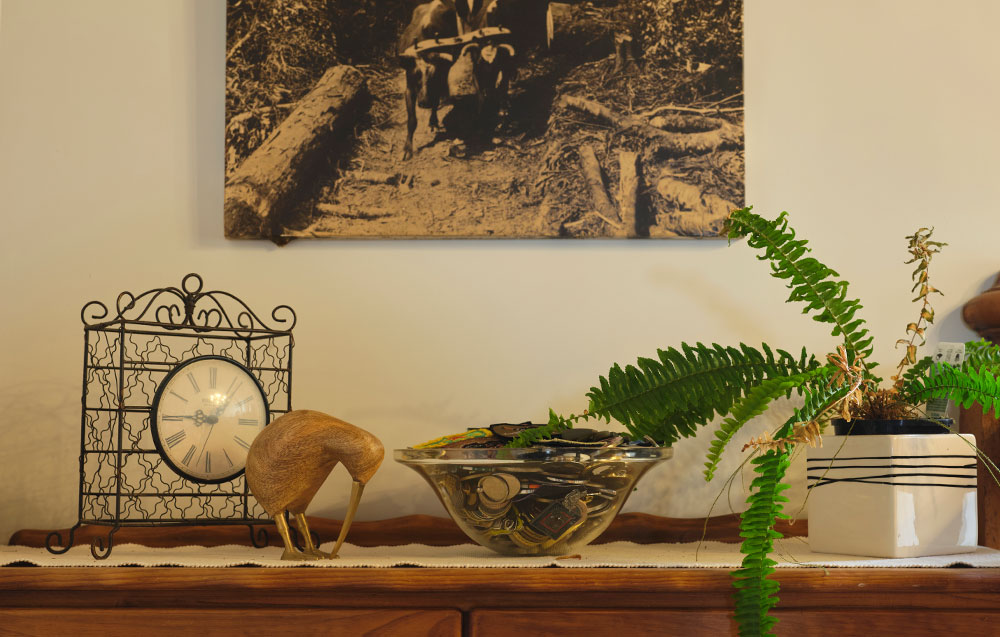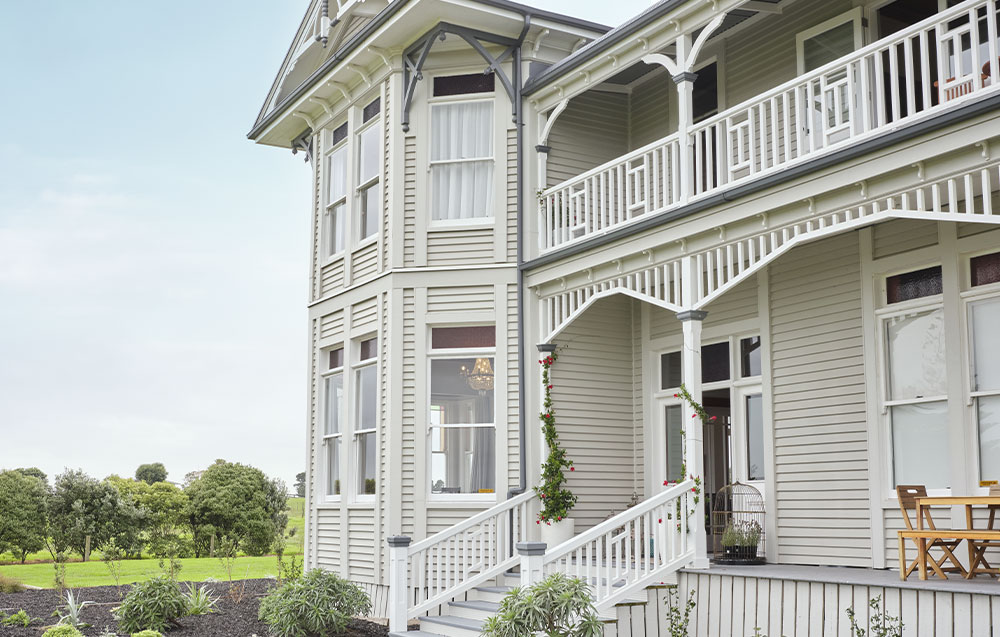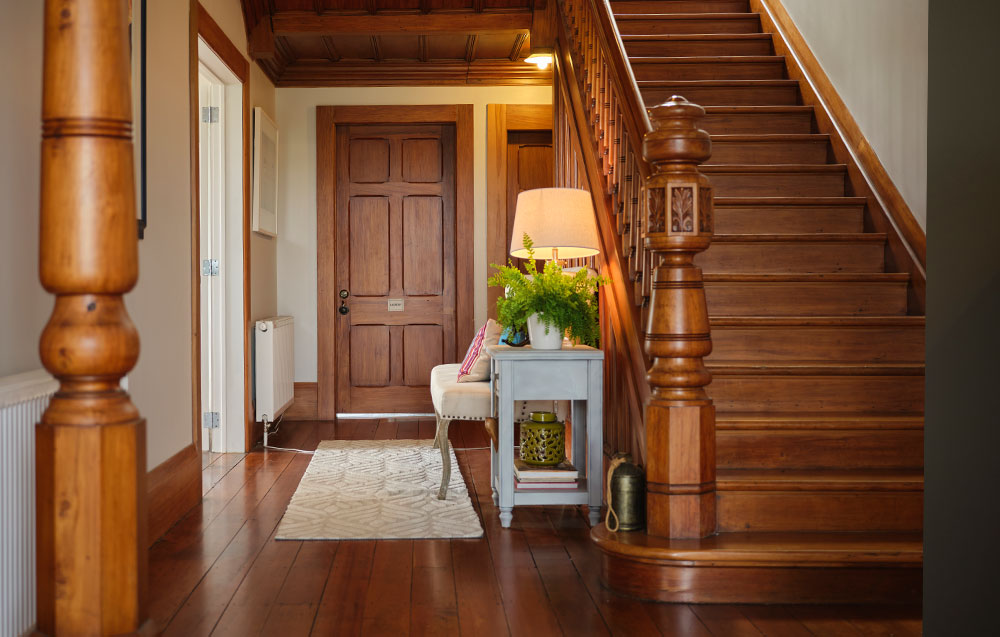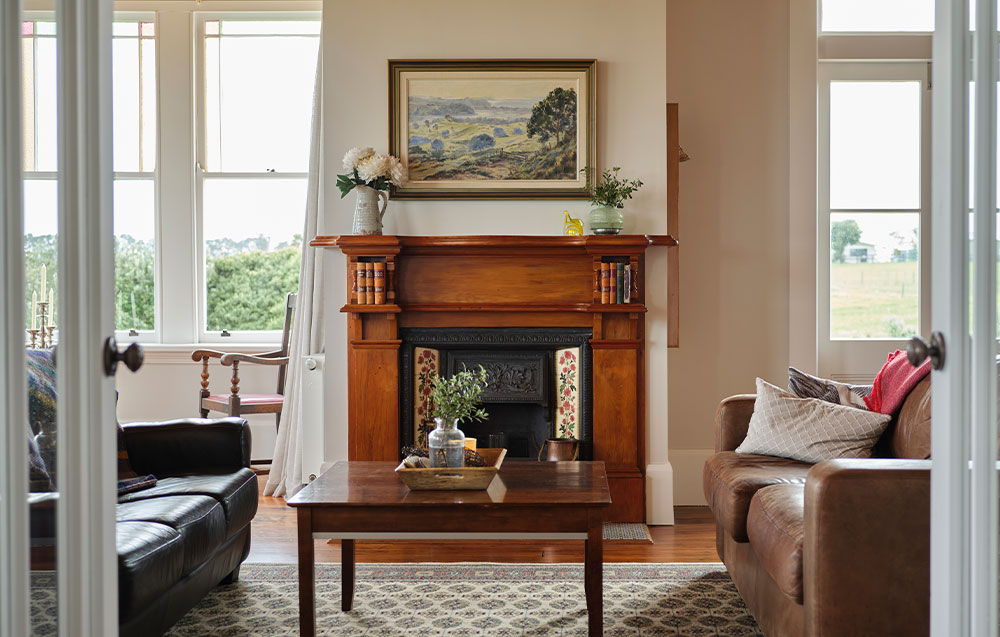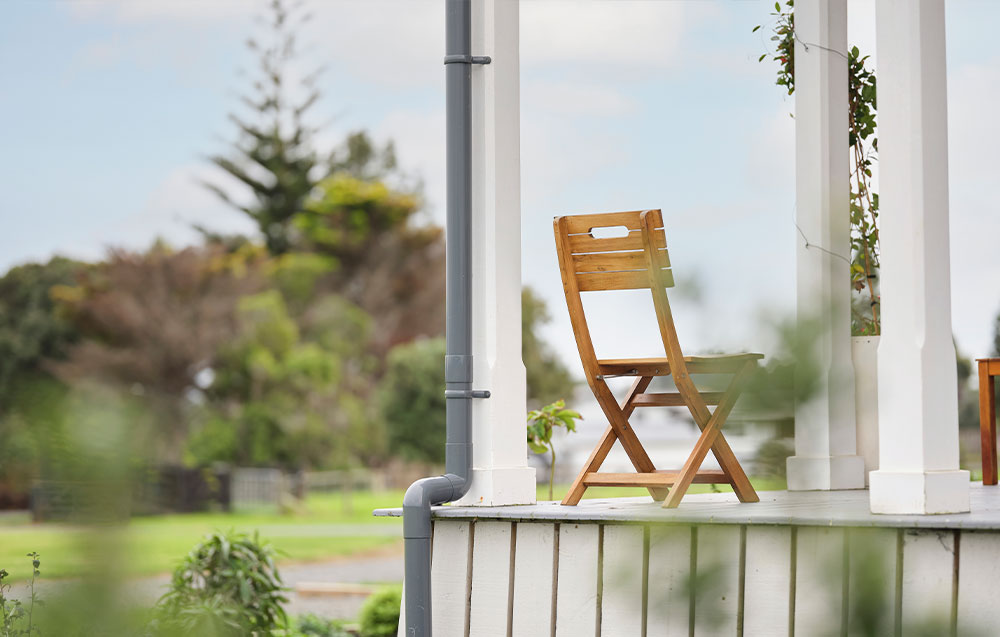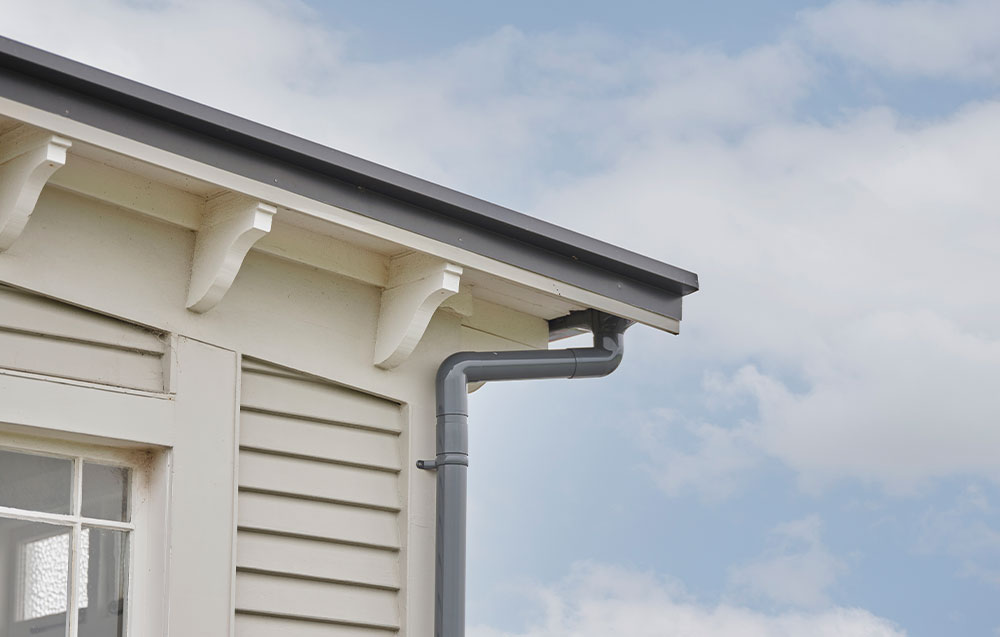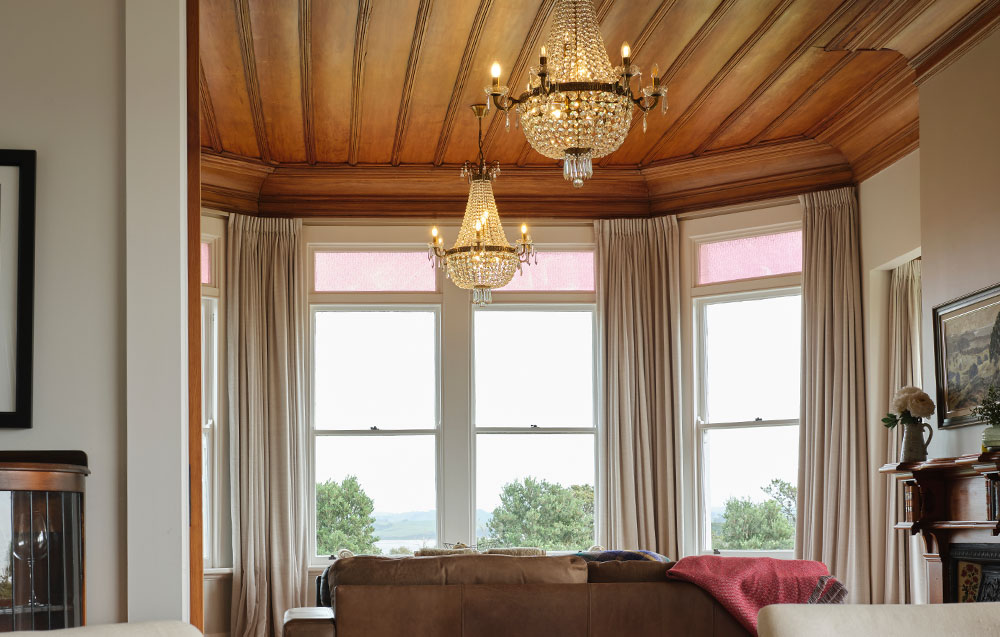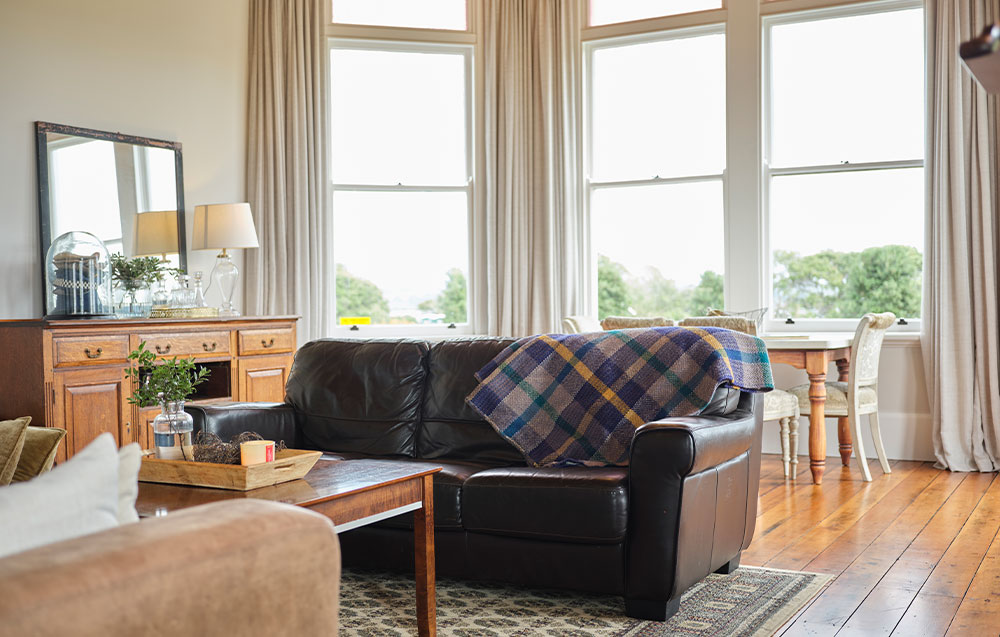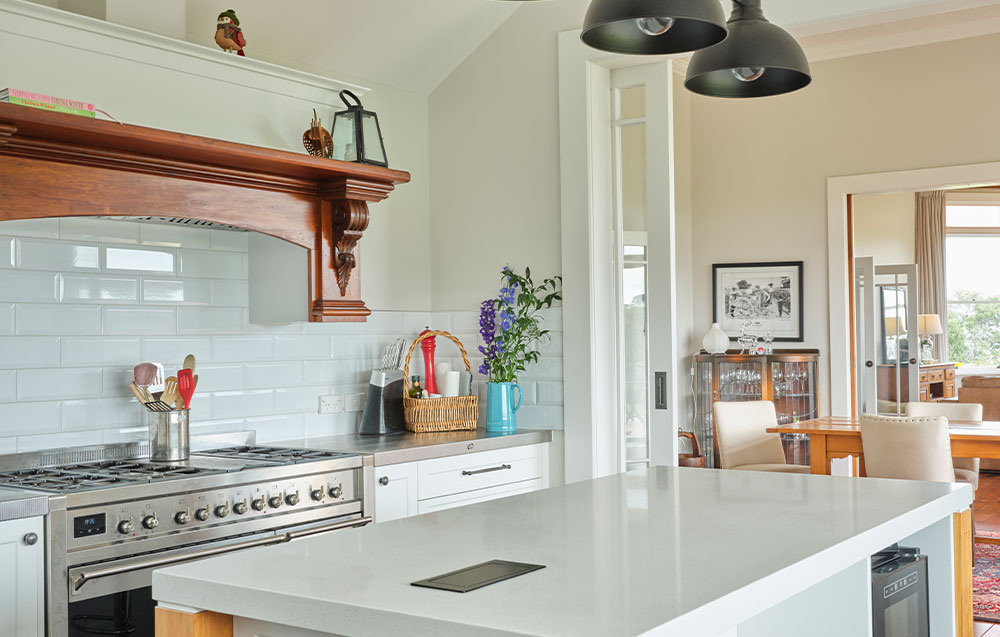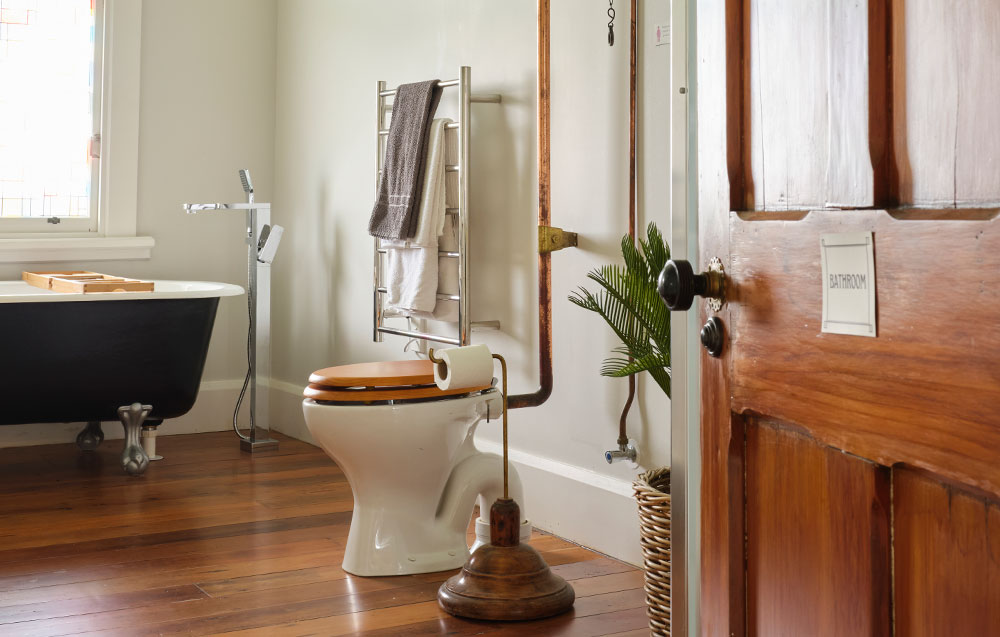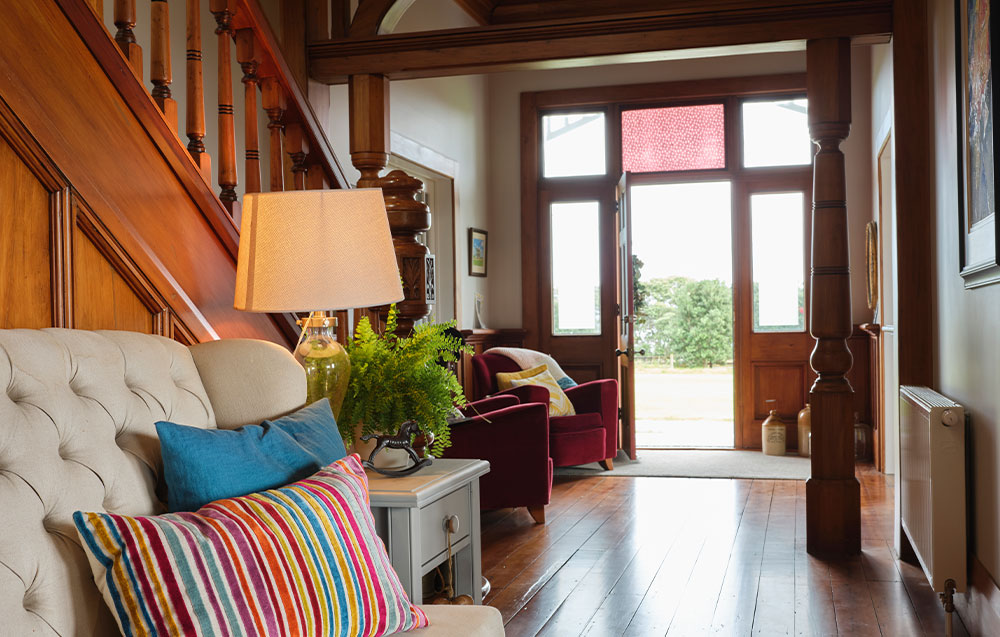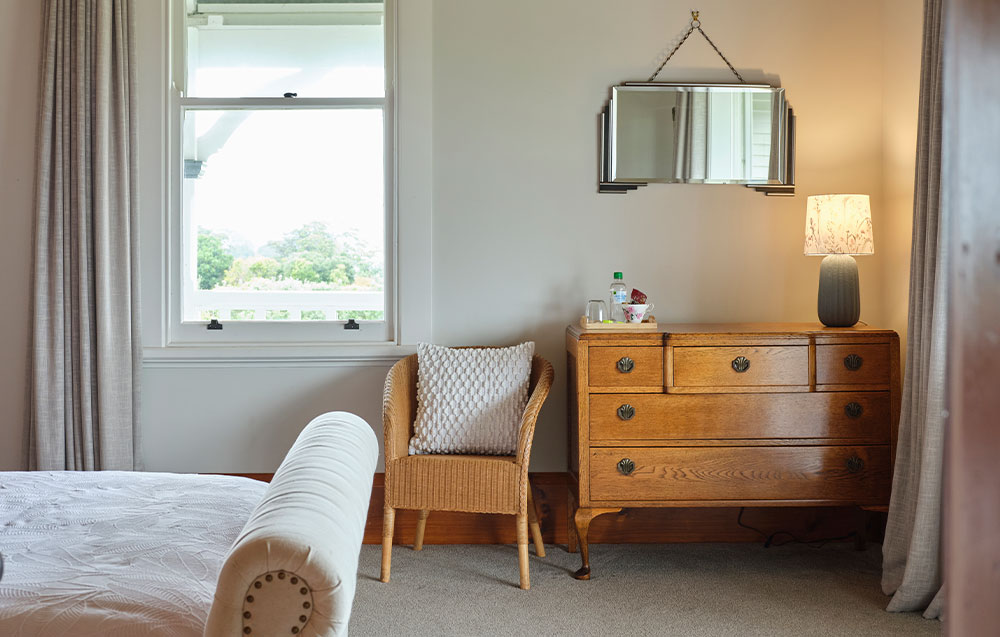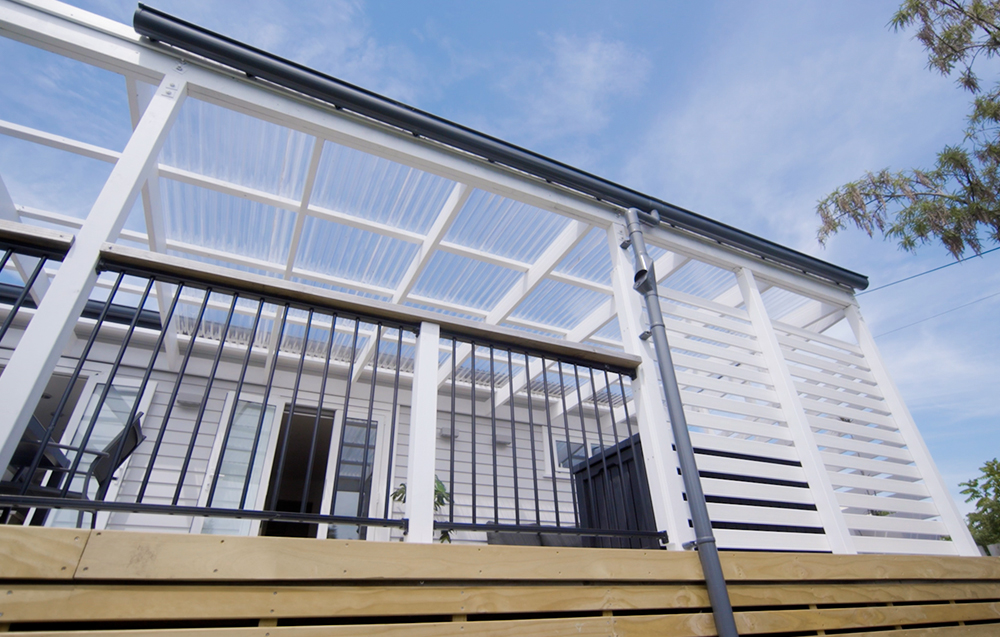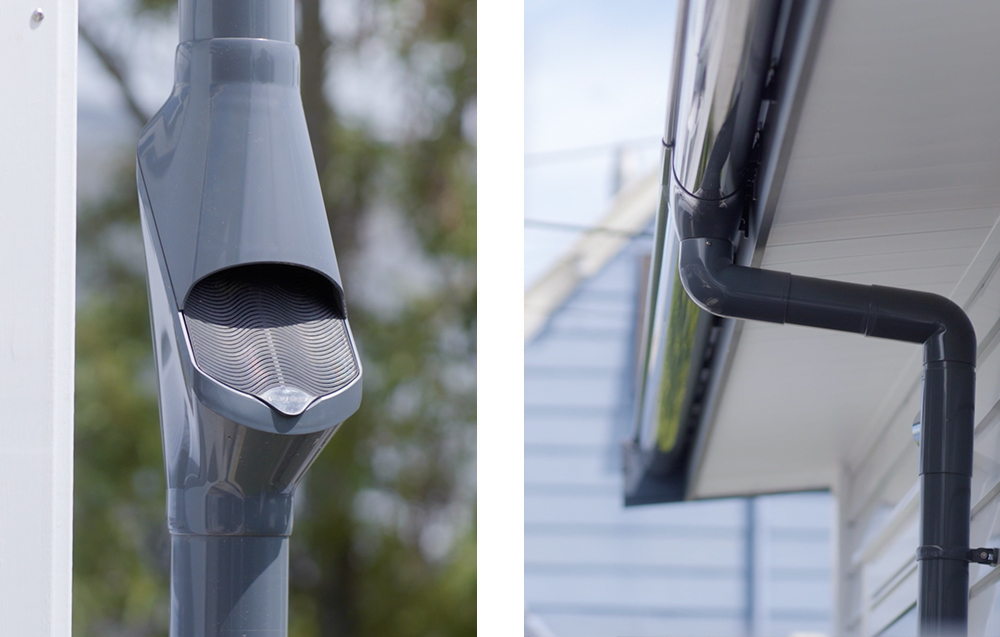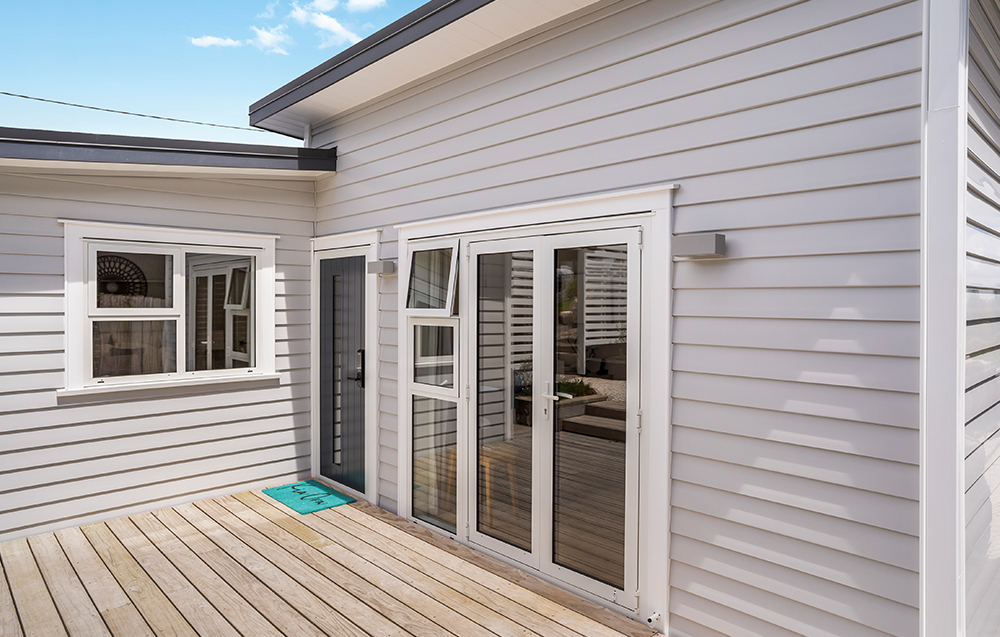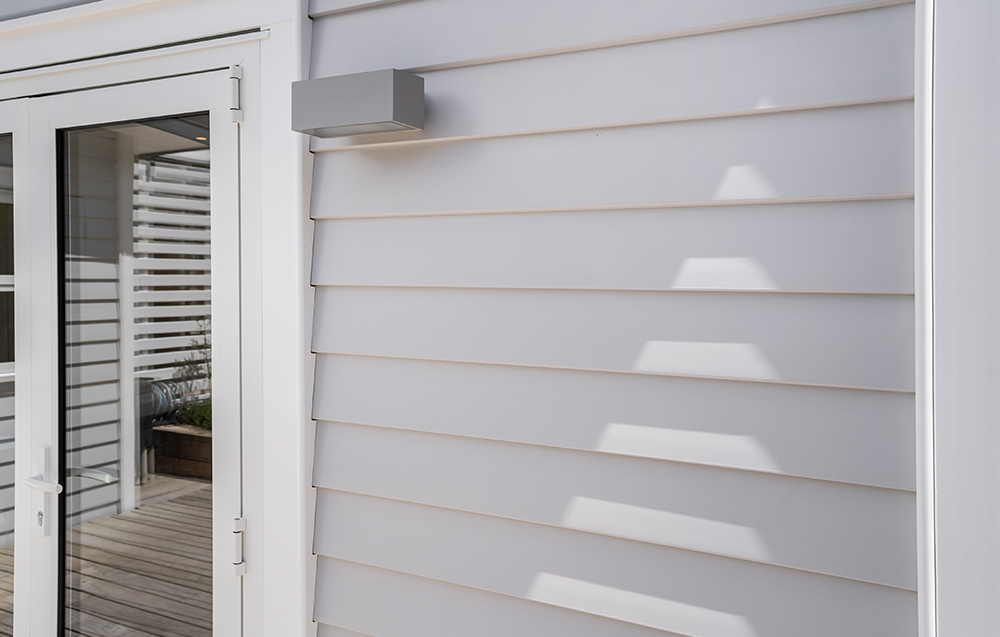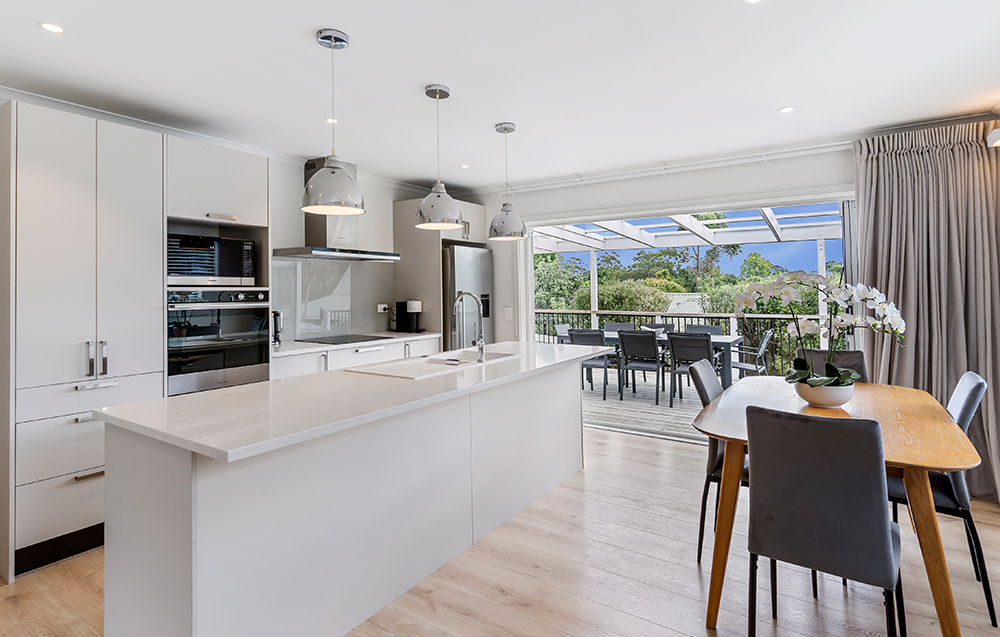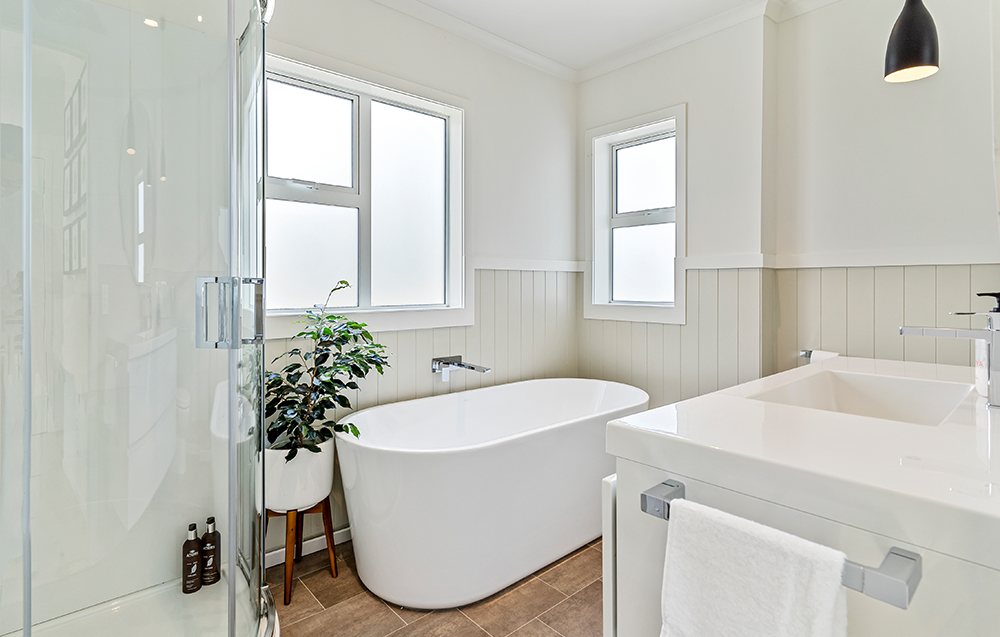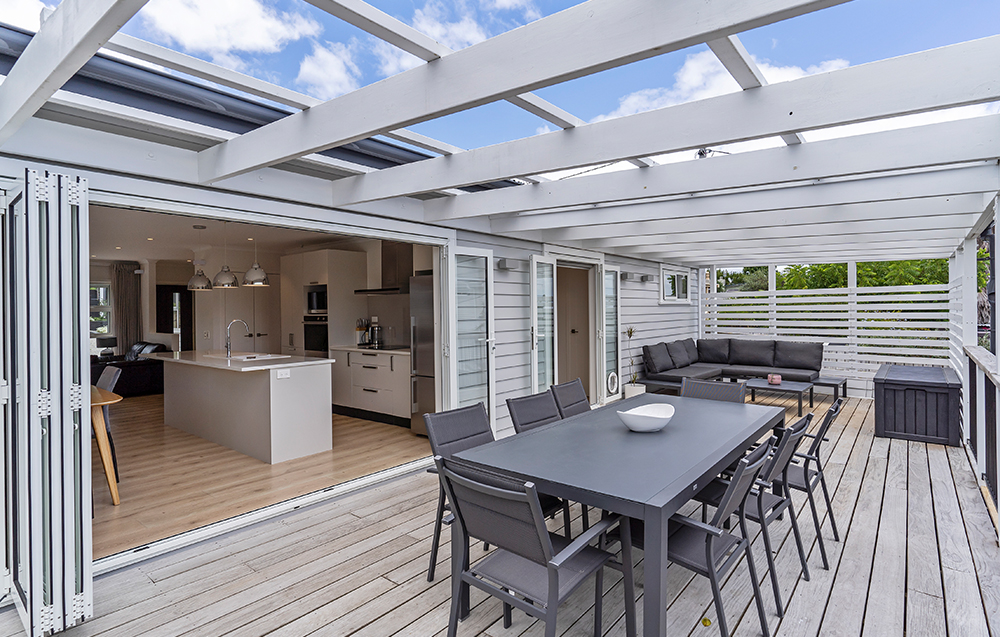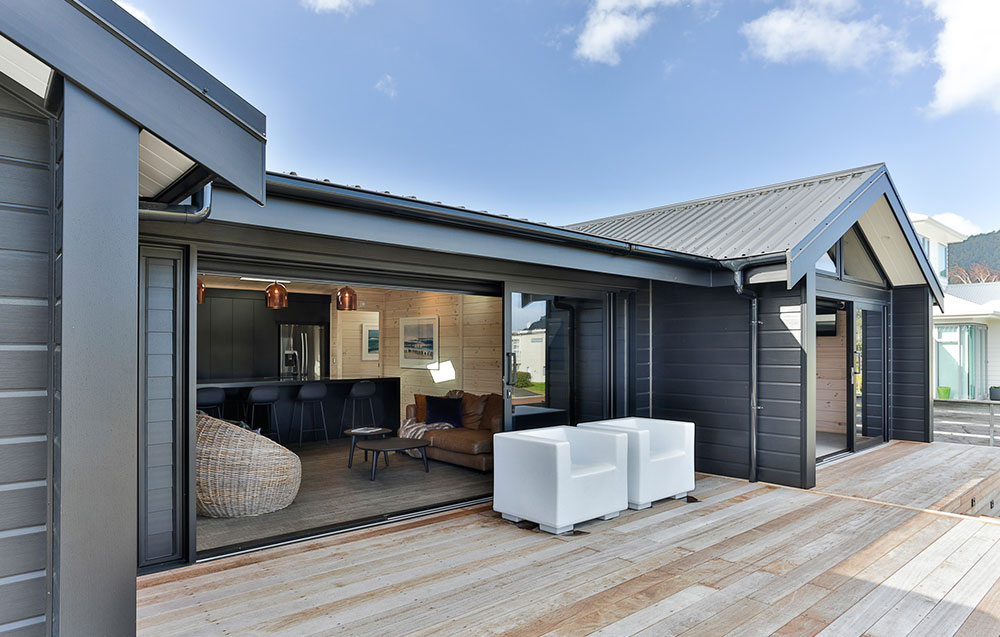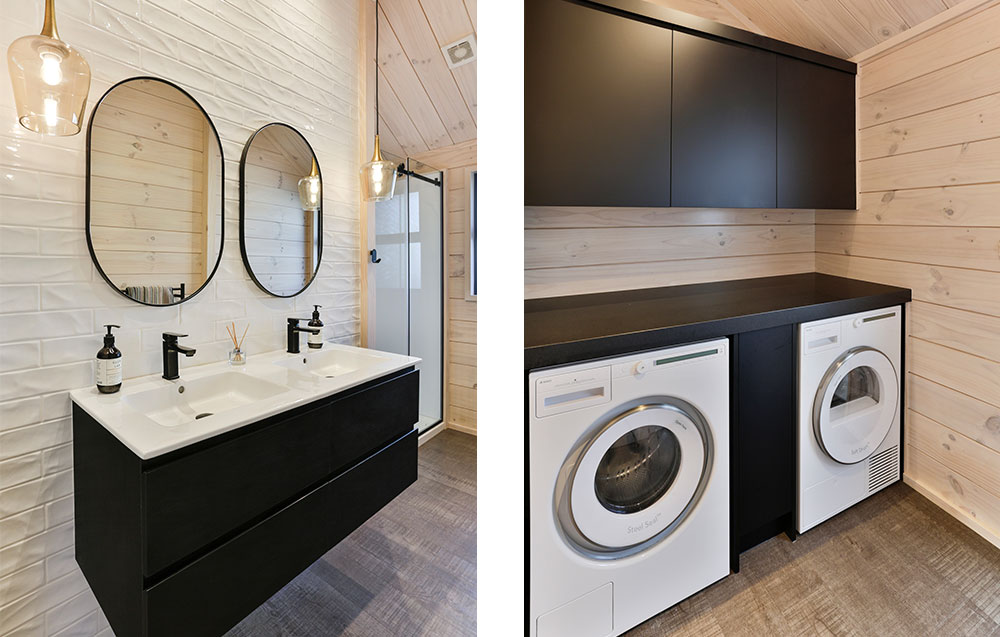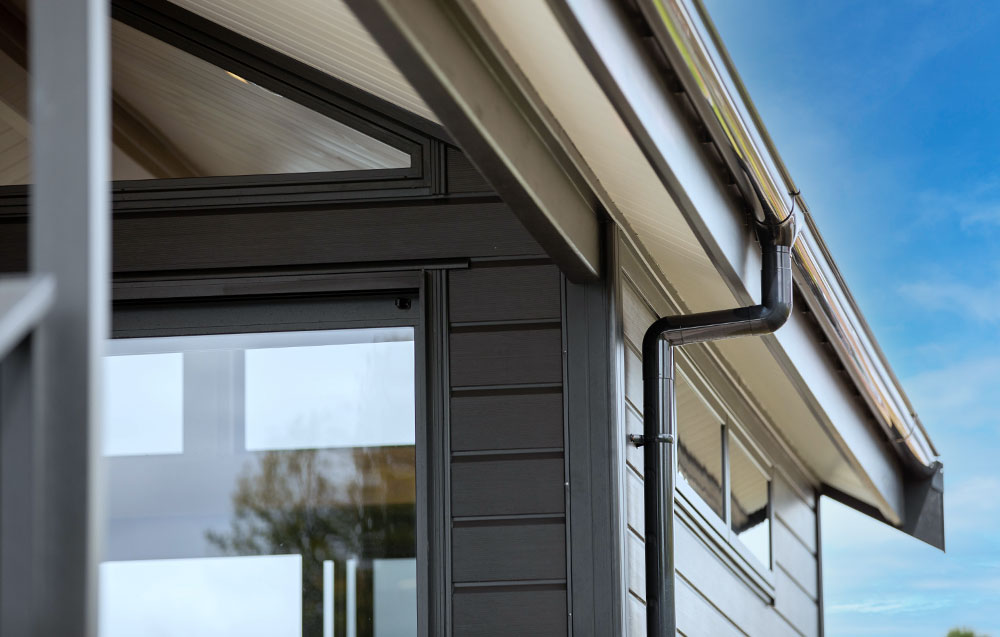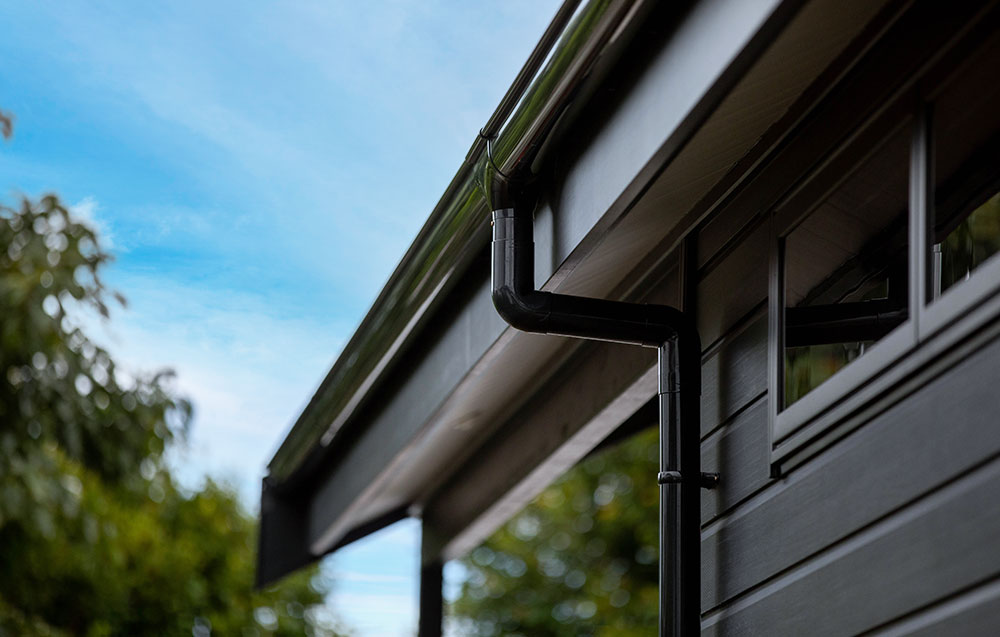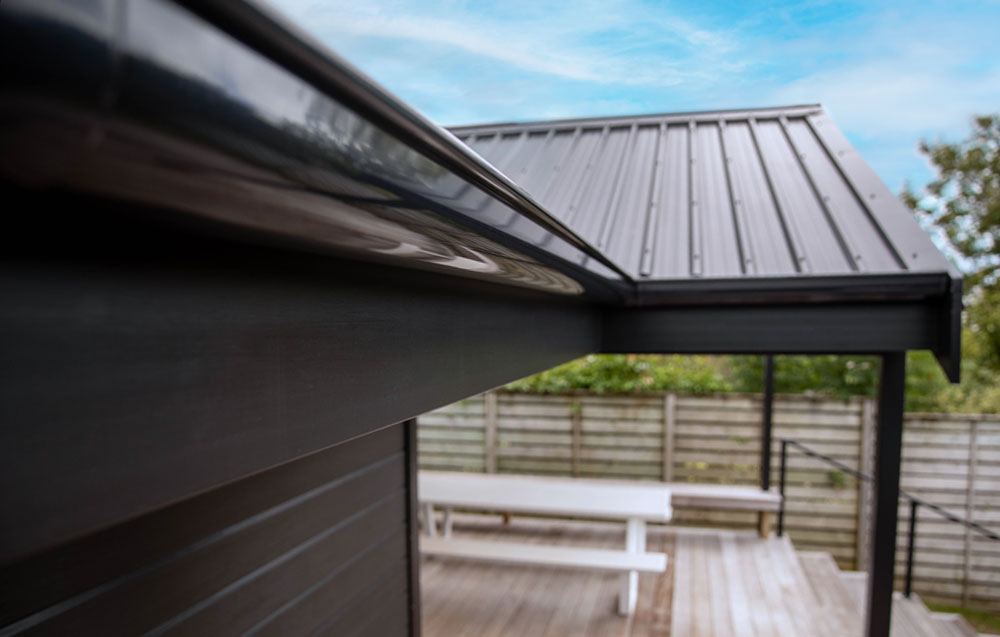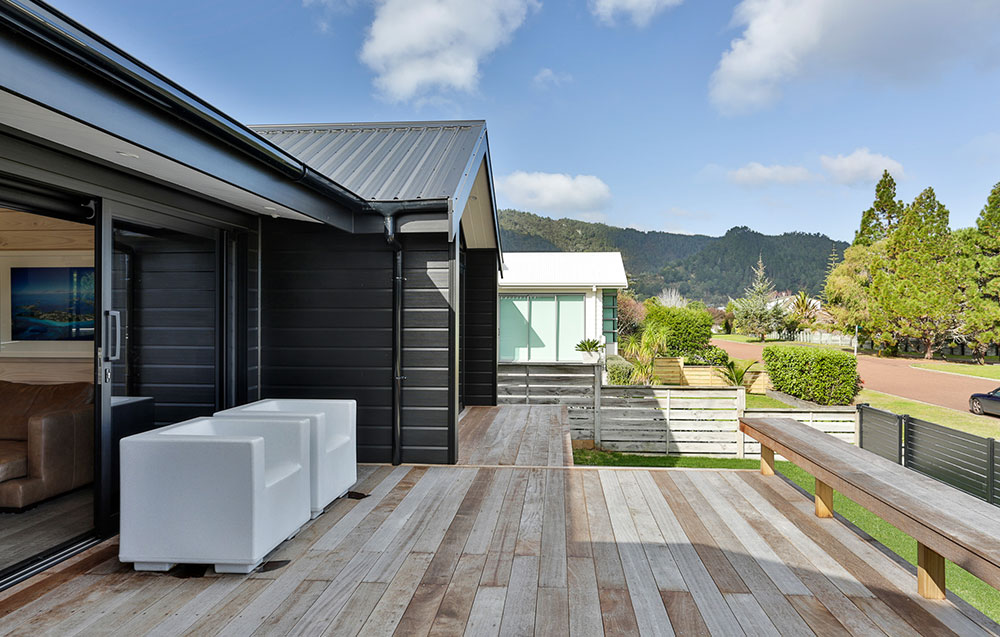Scale Construction are an Auckland-based building company who specialise in the development of medium density housing and creating practical homes for Auckland’s ever-growing pool of buyers.
English
Korean
Their latest project brought them to the bustling suburb of Manurewa. They found a spacious 800 square metre site (coincidentally located opposite Marley New Zealand HQ!) and instantly saw its potential.

Manurewa is an up-and-coming area in Auckland with a fantastic community infrastructure. Situated south of Auckland city, it is a home to a variety of different businesses, neighbourhoods, and shopping facilities.
The size of the land offered a great opportunity for Scale Construction to develop a multi-unit dwelling. Since building has concluded, the land now consists of four 2-storey townhouses which are 134 square meters each. They each have four bedrooms, a family bathroom, an ensuite bathroom and a separate toilet.
Native New Zealand plants will be incorporated into the properties to support local biodiversity and provide a low maintenance option for homeowners.
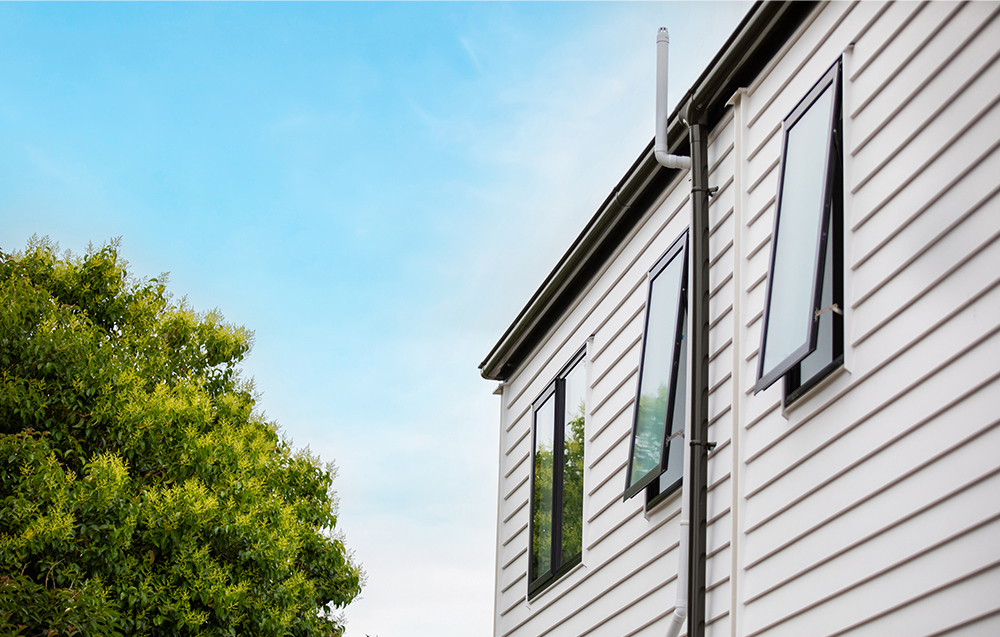
Scale Construction have a very detailed planning process, and because of this, the build only took around nine months to complete.
The Marley Stratus Design Series® definitely provides a strong sense of assurance – we wouldn’t choose anything else!
When it came to the exterior design of the homes, Scale elected for timber weatherboard cladding to pay homage to traditional Kiwi home designs. Doing this not only added character, but also fits the architectural aesthetic of the surrounding neighbourhood. Timber weatherboards are also great for thermal insulation, keeping homes warm during the winter and cool during the summer.
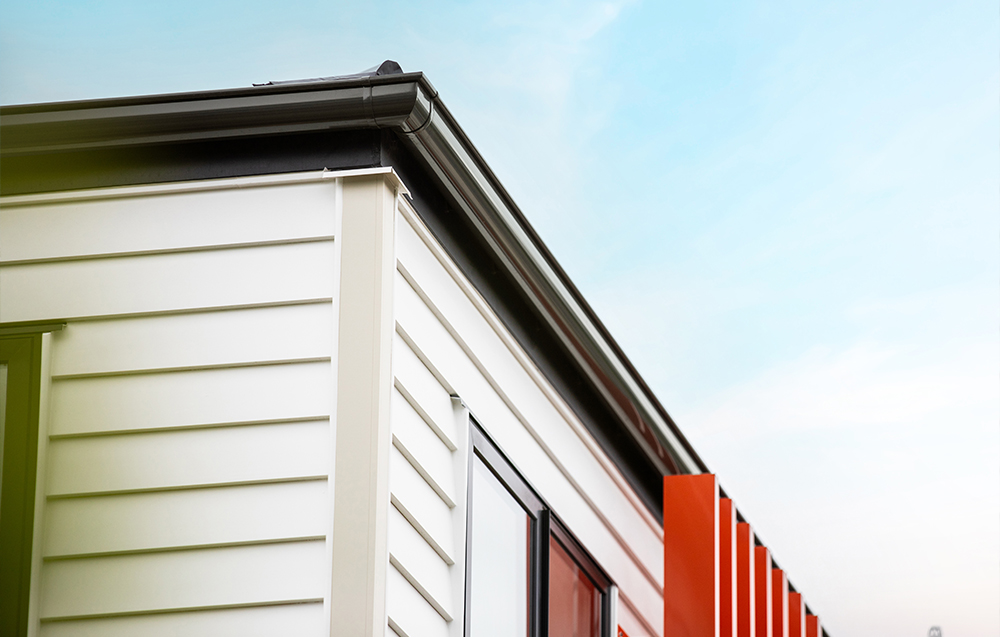
The cladding was painted in Resene Black and White for a monochromatic effect. The roof is made of Coloursteel long run metal in the colour ‘Ebony’ and the cherry on the cake was Marley Stratus Design Series® Typhoon® spouting and RP80® downpipes in the all-new FlaxBlack® Colour.
Typhoon® was chosen because of its large capacity, as well as its use of internal brackets to create a smoother exterior aesthetic. FlaxBlack was chosen to complement the overall monochromatic aesthetic of the houses and to provide a sleek, modern appearance.
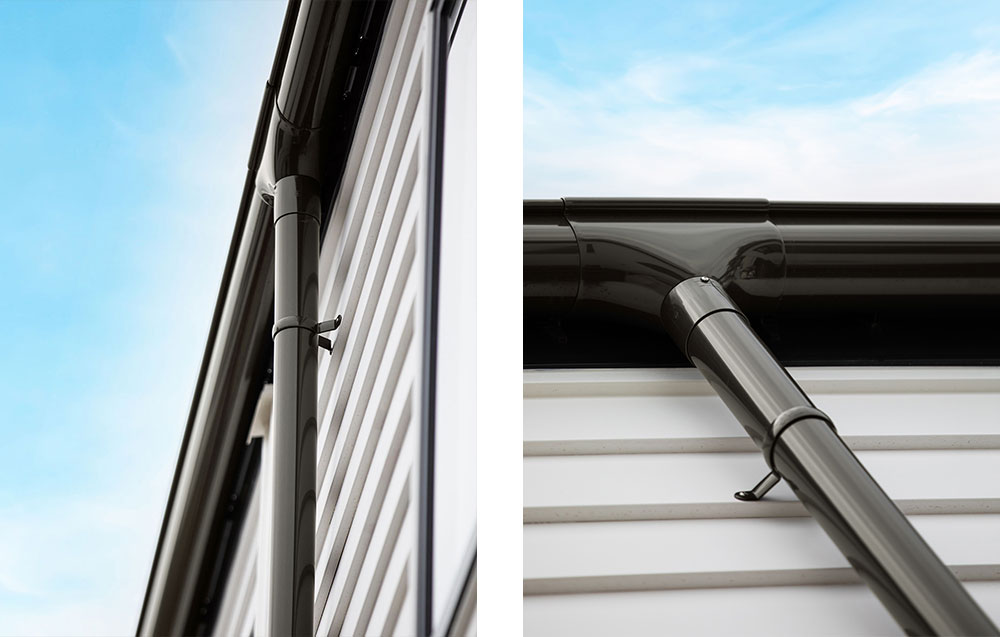
Marley Stratus Design Series® was chosen because of Marley’s unwavering commitment to sustainability, with all products being 100% recyclable and made right here in New Zealand.
With the added bonus of Marley’s spouting and downpipe being corrosion-resistant and rust-proof, it means that the residents of these multilevel homes won’t need to worry about upkeep.
A quick and easy install of the spouting and downpipes by GutterCare made the process even easier for Scale Construction to stay on time and on budget.
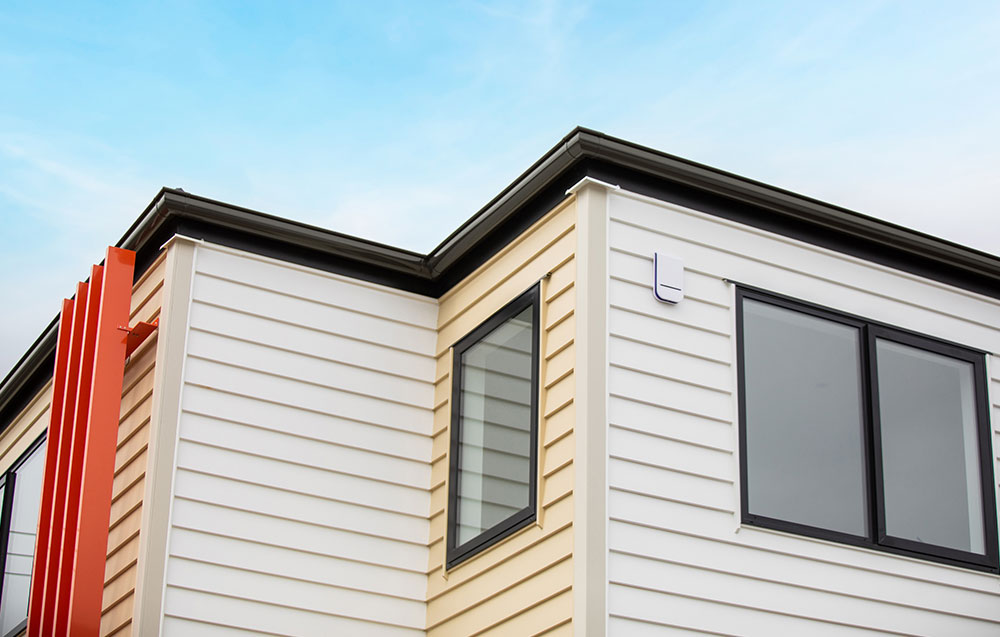
Marley Curve’s® were also installed on the homes’ RP80® downpipes to protect the onsite retention and detention tanks from contaminants.
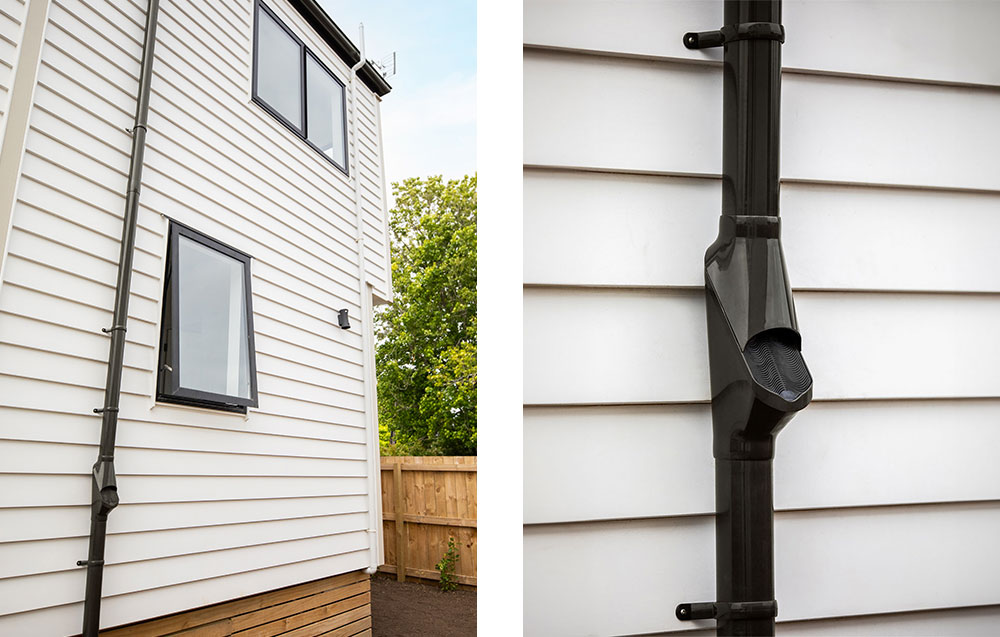
Sustainability was a key focus for these properties, both on the exterior and interior of these builds. Energy-efficient appliances and LED lighting were installed throughout, and the homes were also designed with optimal natural light and ventilation, ultimately reducing the need for artificial heating and cooling.
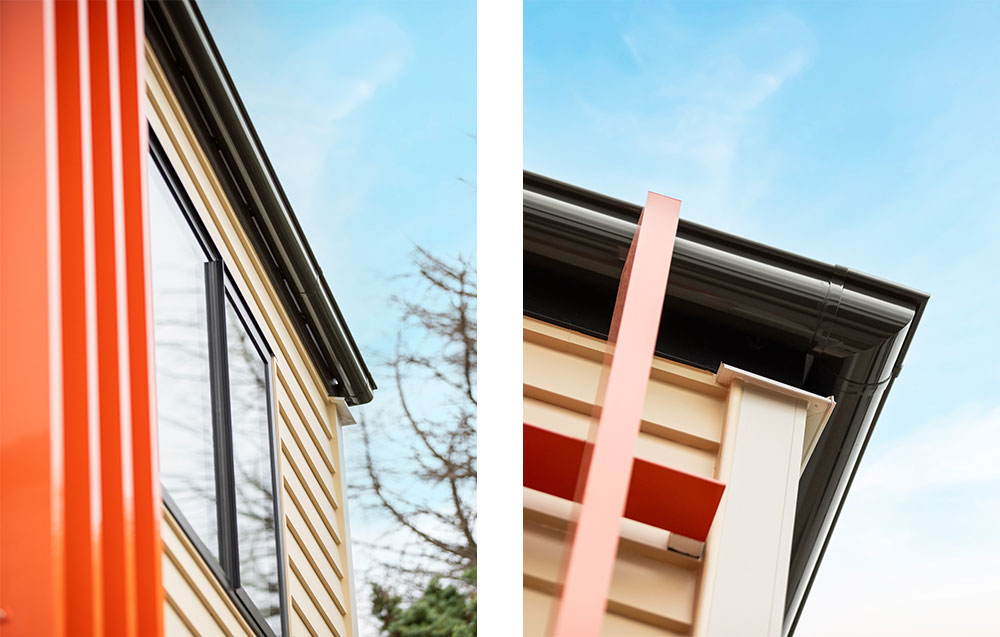
As developers, it was important for Scale Construction to create quality homes that will last and provide for many future generations. The Marley Stratus Design Series® provides a strong sense of assurance and made for the perfect pairing for these homes!

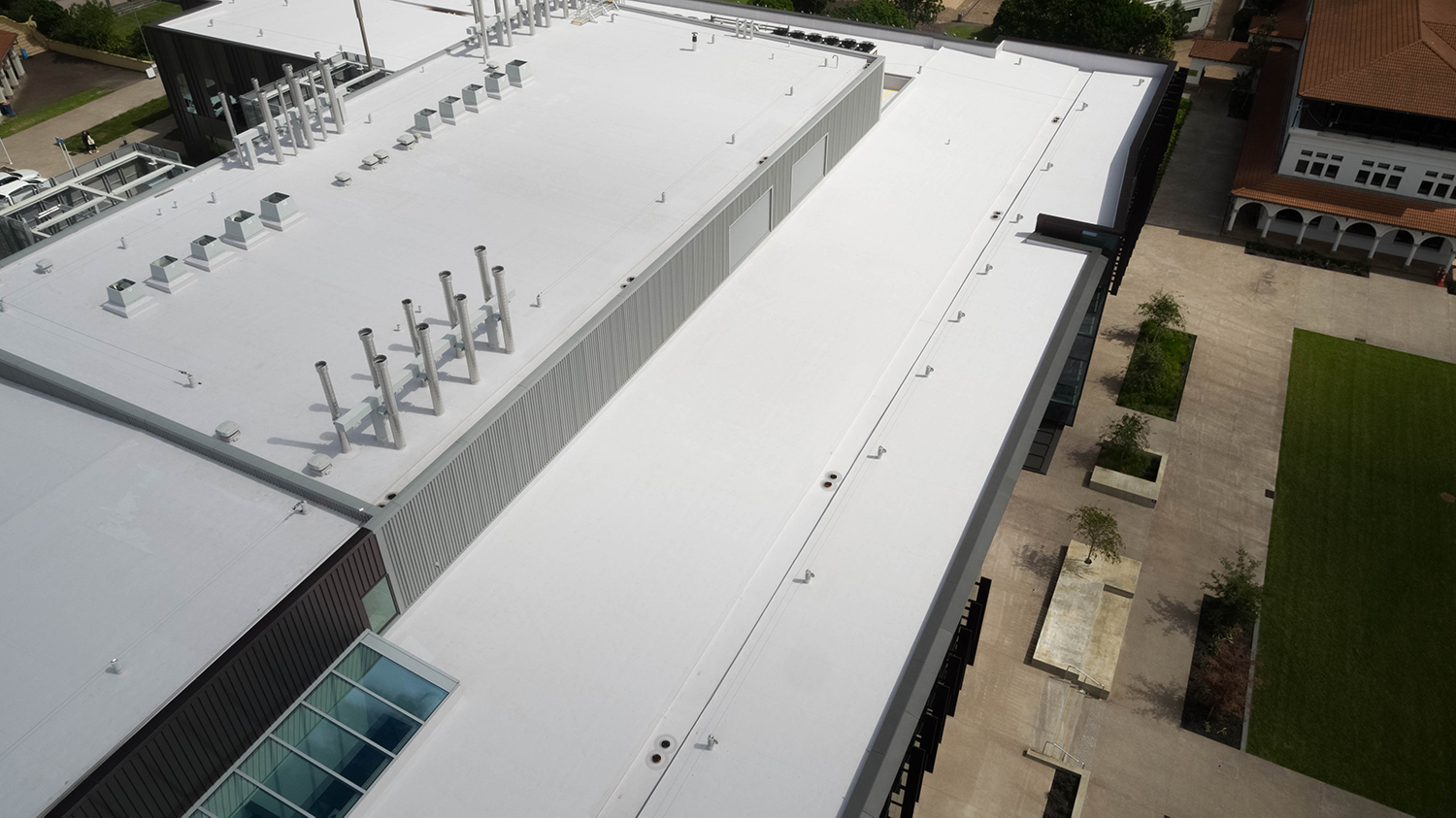
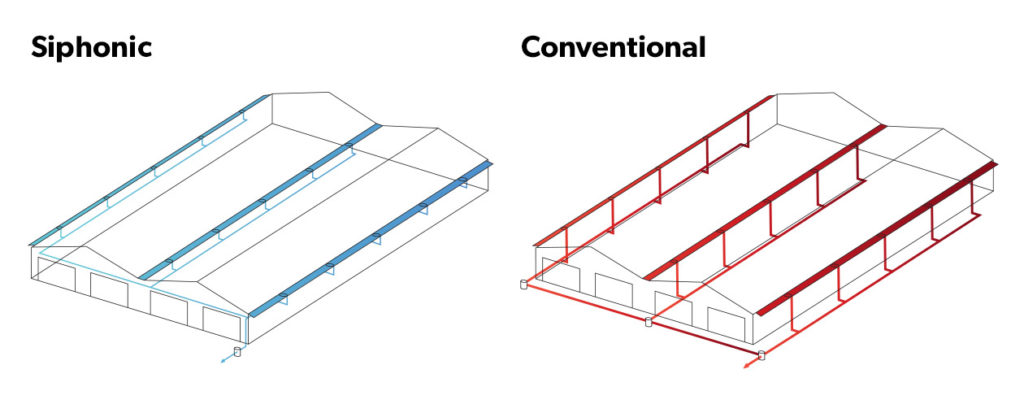
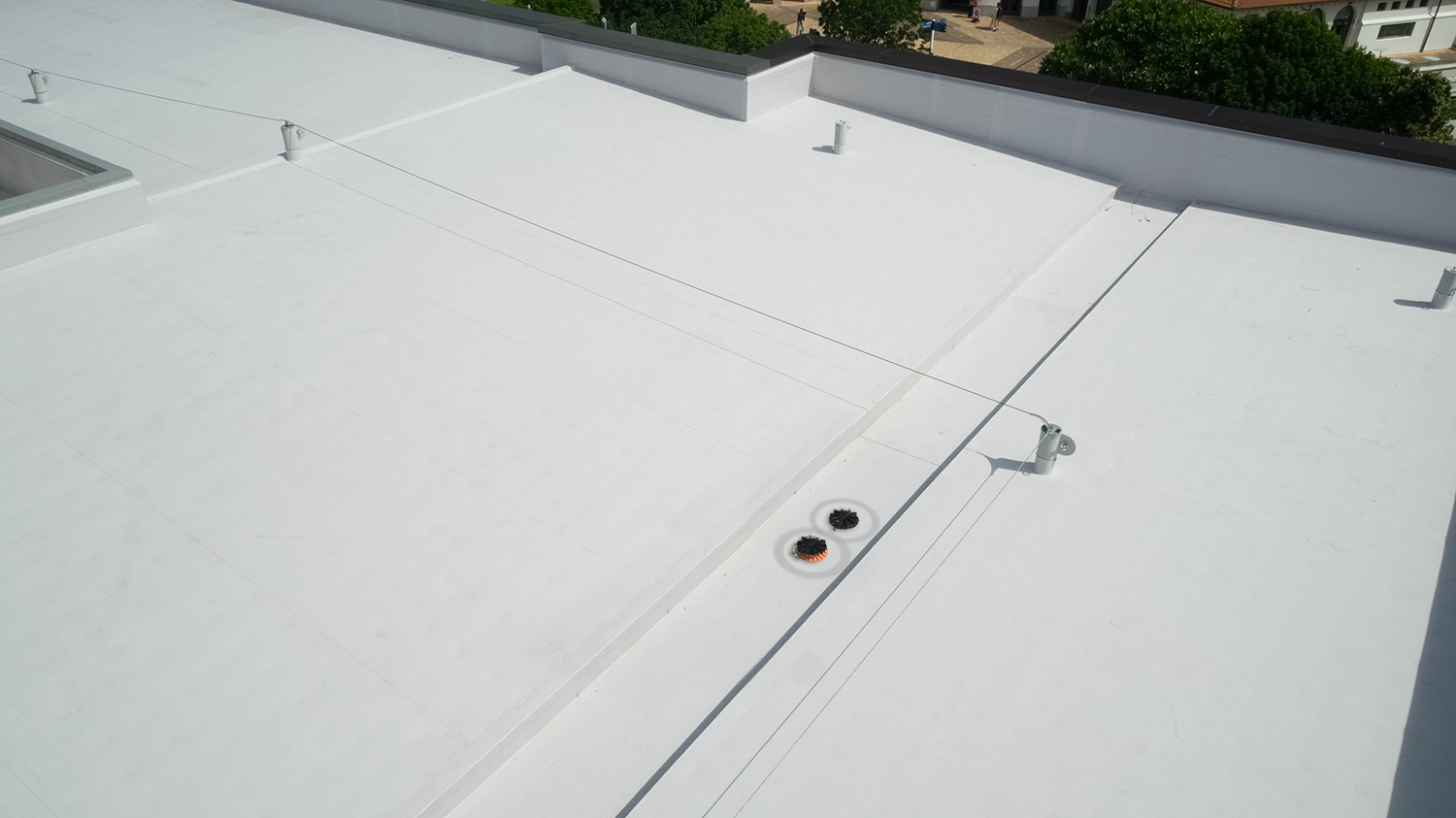
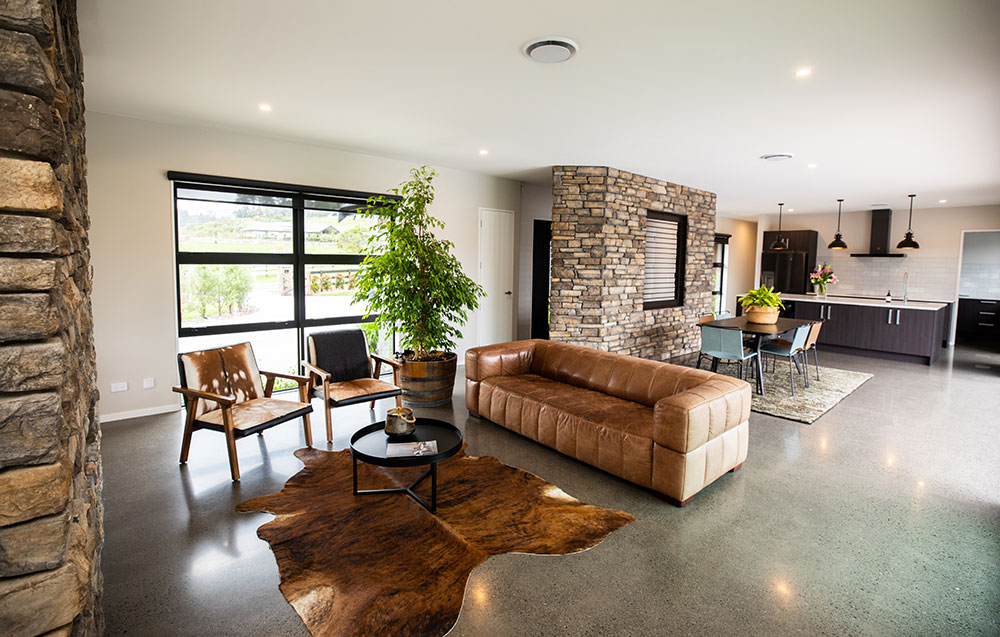
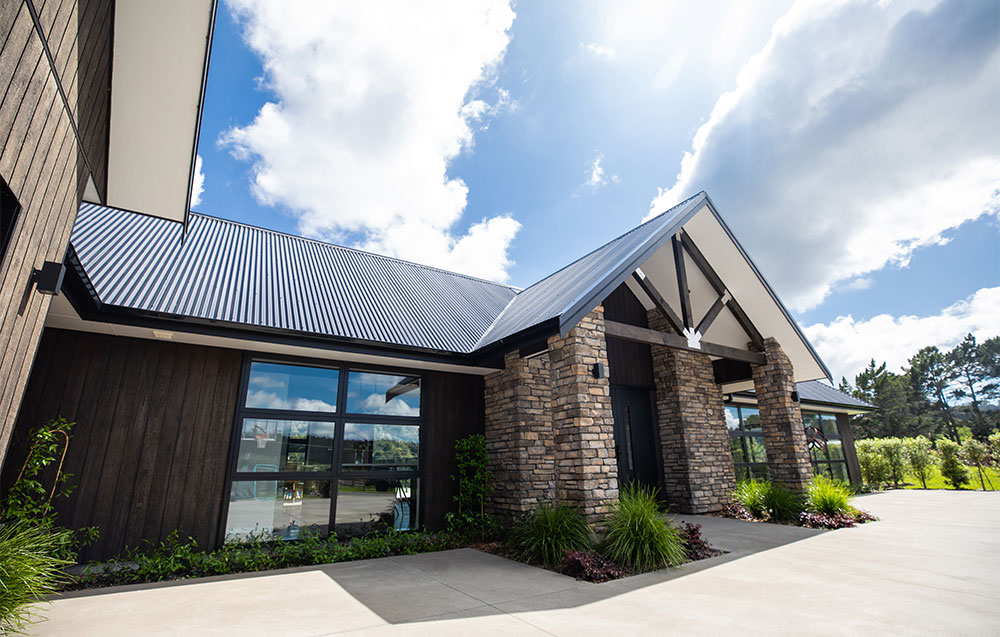 The exterior features schist columns framing the entranceway below a gabled roof to add to the country charm. The rest of the home has country-style vertical weatherboards finished in deep Resene English Walnut natural wood stain. The fascia and eaves are painted in Resene Lumbersider Low Sheen in Resene Alabaster.
The exterior features schist columns framing the entranceway below a gabled roof to add to the country charm. The rest of the home has country-style vertical weatherboards finished in deep Resene English Walnut natural wood stain. The fascia and eaves are painted in Resene Lumbersider Low Sheen in Resene Alabaster.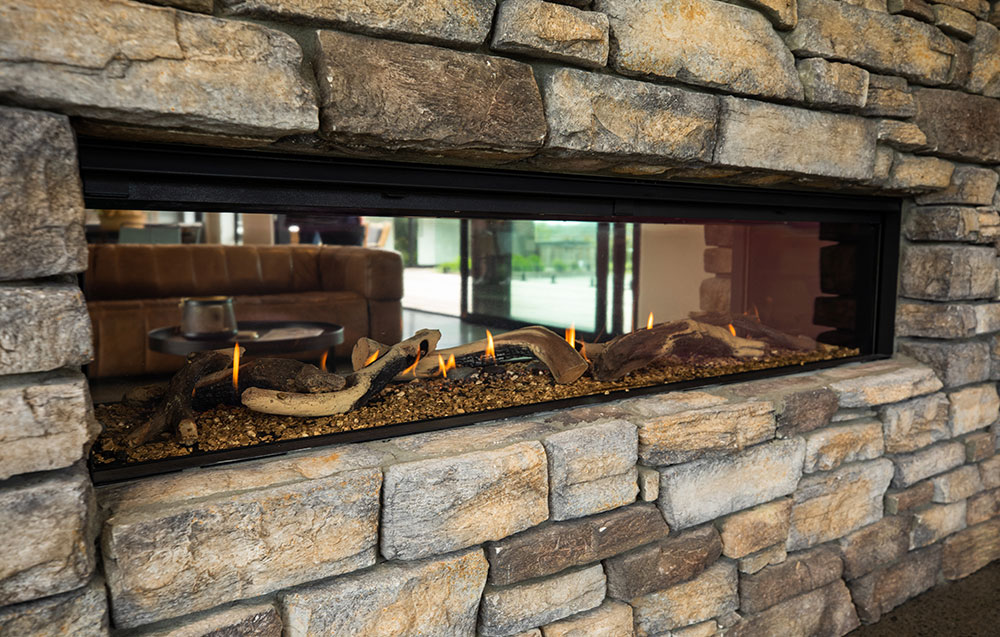
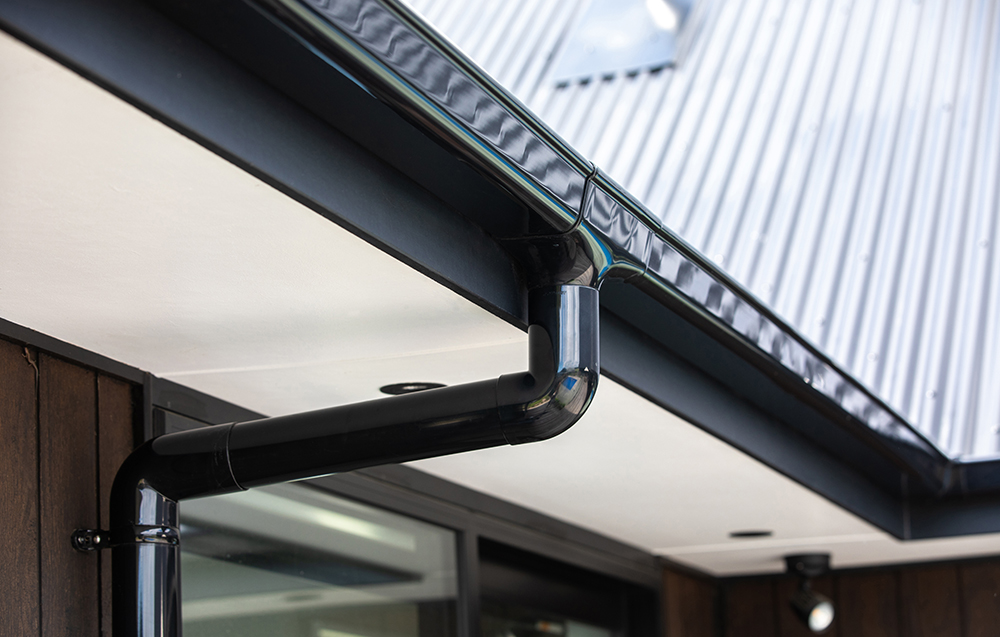
 Glenn and Mel chose
Glenn and Mel chose 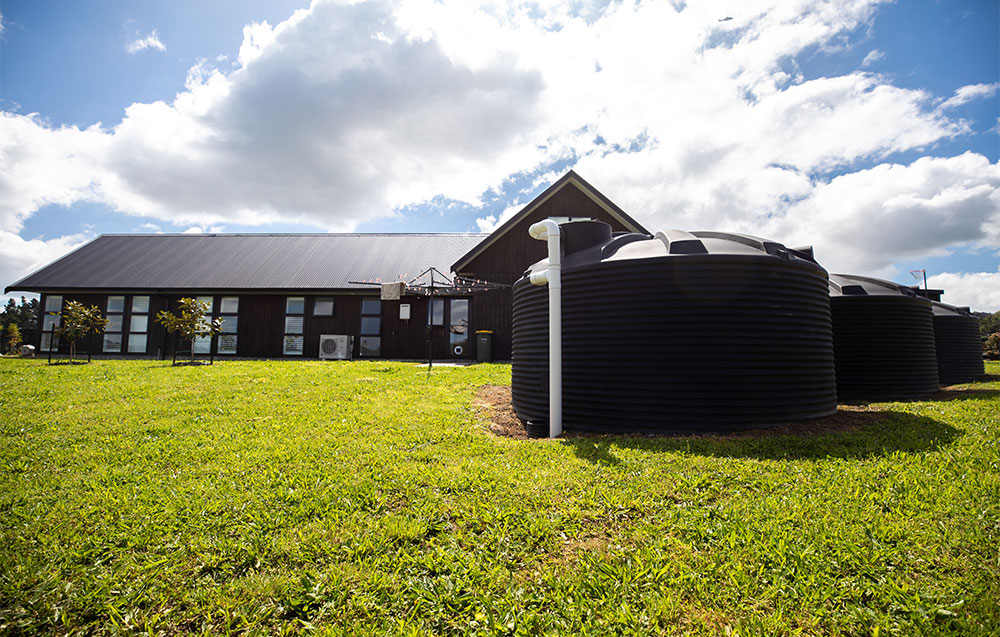 The house consists of four bedrooms, three bathrooms, two lounges, and a double car garage with a loft used as a fifth bedroom. The saltwater, heated pool is one of the highlights of the home.
The house consists of four bedrooms, three bathrooms, two lounges, and a double car garage with a loft used as a fifth bedroom. The saltwater, heated pool is one of the highlights of the home.